Native landscaping takes inspiration from the plants that are all around you and helps you create a garden that is natural, low maintenance, and hardy.
Landscaping should be a thoughtful process––one that doesn’t just focus on aesthetics, but also in choosing the right plants for the environment in ways that they will also be able to complement one another.
Our post on ‘Cool DIY Projects for Your Backyard, Patio, or Garden’ showcased several ideas that you could adopt in your own garden.
Native landscaping does just that and more. It requires consciousness in choosing plants native to your area, which are acclimatized and able to withstand predators.
Familiarizing yourself with native plants will allow you to expand your expertise, and manipulate your choices to suit your own design and preferences.
Author of ‘The Bulb-o-licios Garden’ Nikki Tilley assures readers that although it sounds like a heavy task compared to mindlessly landscaping plants that suit your taste, you’ll be able to reap the benefits you sow once you see the advantages of native landscaping.
Your garden will flourish throughout changes in weather, with minimal upkeep on your end. You can even sprinkle a few seasonal plants and flowers here and there to keep it fresh and exciting as seasons change.
Here’s why you should consider native landscaping:
Low-key and low-maintenance

Because your options are native to your area, they can very much handle drastic changes in weather and withstand the seasons. They will adapt when necessary––whether it be to pests, fungi, or diseases.
Native plants don’t require a lot of attention as they know how to grow on their own in the wild. You can even foresee how big they will grow and how they will look when they are older, so you can take this into consideration in as early as your planning stages.
Native landscaping provides a natural harmony

Garden fixtures are more than just furnishings that provide privacy and security, but there are designs and materials which aim to specifically harmonize with the natural surroundings. The range of garden screens on Screwfix made from natural reed and bamboo signifies the conscious effort by designers to provide better, more compatible choices for native gardeners.
These materials are naturally resistant to change, are environmentally friendly, durable, last a long time, and as a result, complement your native plants perfectly.
Environmental impact and cost-efficiency

Data mined by the United States Environmental Agency shows that 30% of the water used in households goes to outdoor use.
To illustrate, this is close to nine billion gallons of water daily. Native plants can survive without having to be watered every day, so this will save both time and water. Also, artificial fertilizers and pesticides can be taken out of the picture as native plants already have the defense mechanisms to combat harmful elements.
You’ll be able to prevent pollution and lessen your carbon footprint in forgoing these dangerous chemicals. As a result, you’ll even be able to lower your water bill, and minimize budgets spent on purchasing these unneeded resources used to supplement your plants.
Restoring balance through native landscaping

A well-planned native garden can also help enhance your area’s biodiversity. If your native plants of choice produce fruit or have nectar, you’ll be able to provide a natural food and habitat source for insects and animals within the area. Don’t shoo them away! These species will keep your garden alive through natural fertilization and pollination. And thus, nature’s balance will be restored.
Popular Native Landscaping Plants by Region
According to the National Wildlife Federation, here are some of the most popular native plants and trees by region across the United States.

Here are the most common landscaping plants & trees that are native to Alaska:
- Western Hemlock
- Alaska Cedar
- Black Cottonwood
- Salmonberry
- Common Snowberry
- Nootka Rose
- Bunchberry
- Heartleaf Arnica
- Broadleaf Fireweed
- Douglas Aster
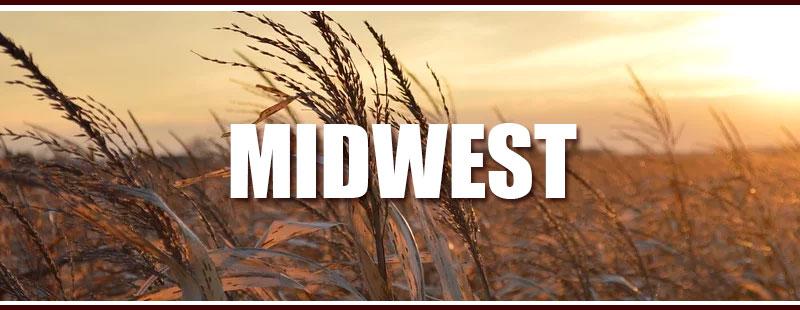
Here are the most common landscaping plants & trees that are native to the Midwest region of the USA:
- Northern White Cedar
- Black Oak
- Northern Hackberry
- Cranberry Viburnum
- Gray Dogwood
- Common Chokecherry
- Swamp Milkweed
- Wild Columbine
- Cup-plant
- New England Aster

Here are the most common landscaping plants & trees that are native to the Northeast region of the USA:
- Eastern Red Cedar
- Black Tupelo
- Northern Red Oak
- Winterberry
- Sweet Pepperbush
- Red Chokeberry
- Blue Vervain
- Rough-stemmed Goldenrod
- Cardinal Flower
- New York Ironweed
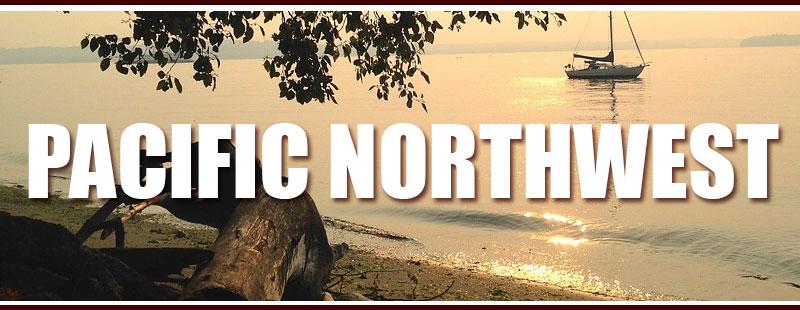
Here are the most common landscaping plants & tress that are native to the Pacific Northwest region of the USA:
- Douglas Fir
- Oregon White Oak
- Western Serviceberry
- Hollyleaf Oregon-grape
- Blue Elderberry
- Salal
- Salmonberry
- Hooker’s Evening-primrose
- Red Columbine
- Beach Strawberry
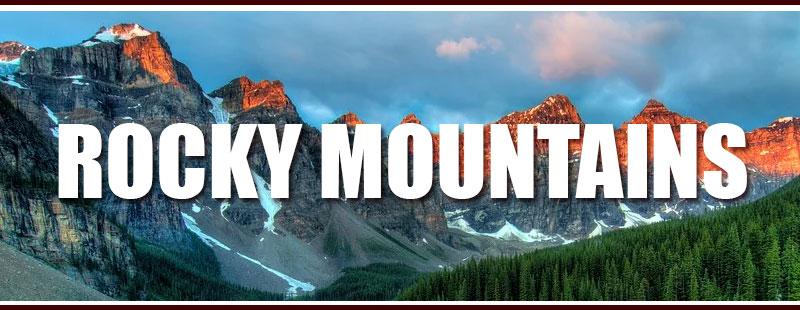
Here are the most common landscaping plants & trees that are native to the Rocky Mountains area:
- Rocky Mountain Juniper
- Rocky Mountain Maple
- Quaking Aspen
- Dotted Blazing Star
- Red Osier Dogwood
- Golden Currant
- Heartleaf Arnica
- Northern Mule’s Ears
- Colorado Blue Columbine
- Scarlet Gilia
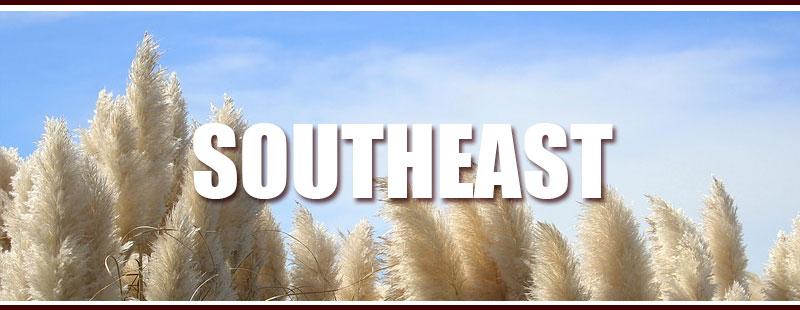
Here are the most common landscaping plants & trees that are native to the Southeastern region of the USA:
- Black Tupelo
- Willow Oak
- Sweetbay Magnolia
- American Elderberry
- Yaupon Holly
- Sweet Pepperbush
- Swamp Milkweed
- Trumpet Honeysuckle
- Climbing Aster
- Narrowleaf Sunflower
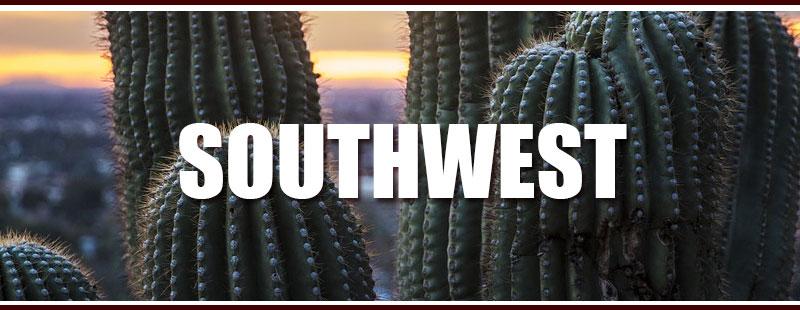
Here are the most common landscaping plants & trees that are native to the Southwestern region of the USA:
- Desert Willow
- Rocky Mountain Juniper
- Blue Paloverde
- Teddybear Cholla
- Skunkbush Sumac
- Greenleaf Manzanita
- Desert Marigold
- Blackfoot Daisy
- Desert Sand Verbena
- Scarlet Globe-mallow
The Beauty of Native and Hardy Gardens
Although just because something is native to another region does not mean it cannot be grown where you live, as there is a difference between being native to your region and hardy for your region.
But if you can use native plants to create a wonderful landscape that celebrates where you live, I see no reason not to do so!
Happy Planting!!!


Could you write another post on this going into a little bit more detail? I had some questions that weren’t answered here but I liked what you had to say on the subject. Love to hear more of your perspective on Patios.
Awesome content
Thanks. I’m glad you enjoyed it! Don’t forget to sign up for our newsletter to get notified when new content is posted!